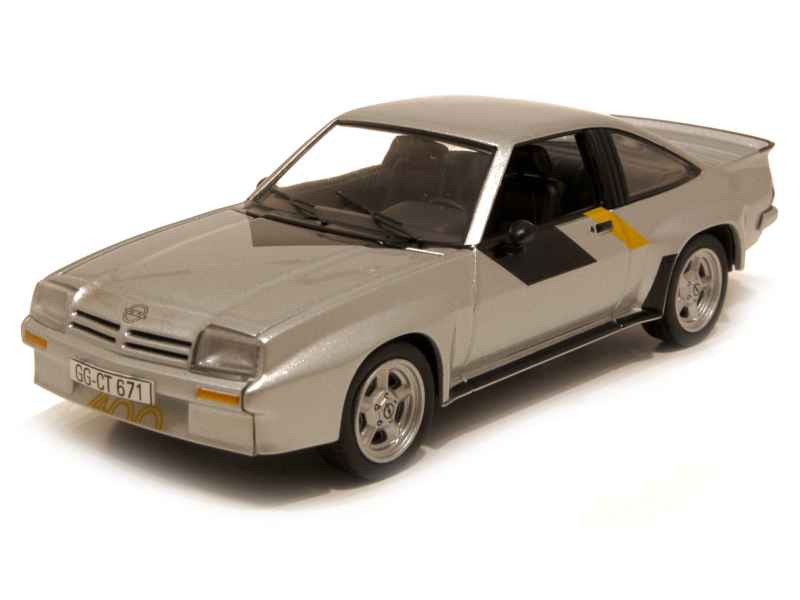
Well-preserved examples of this last Opel factory rally car with rear-wheel drive are now rare and cost a tidy sum. At the NLS (formerly VLN) on the Nürburgring Nordschleife, an Opel Manta B 400 still competes today and enjoys a large fan base. Erwin Weber and Gunther Wanger also won the German Rally Championship in 1983. The Manta B 400’s greatest success was winning the rear-wheel-drive class in the 1984 Paris-Dakar Rally along with fourth place overall. Other vehicles were used up in rallycross events. Around 25 of these were entered in various rally championships and on circuits by the factory team (1983 only) and many private drivers. Successes in motorsportĪ total of 245 units rolled off the production line until 1984. However, this failed due to poor handling and the cost of a further homologation series. In 1982, Opel had built an AWD Manta prototype together with Ferguson in Coventry. As a result, the first rally cars didn’t compete until 1983, when it was already clear that the Audi quattro’s all-wheel drive system couldn’t be matched by the Opel. In the end, this didn’t take place until September 1982. However, important components were initially missing on the Antwerp assembly line, which meant that only 23 cars were ready by the end of the year. The acceptance had already been registered with FISA in the fall of 1981. Homologation for the World Rally Championship proved difficult. To participate in Group B, Opel had to prove production of 200 units of the new car. The model name Manta B 400 refers to the former Group 4 of FISA, for which 400 cars had to be built. Originally, only the color “Arctic White” was to be available, but cars in black and silver are also known. On the rally cars, a lamp tree with four auxiliary headlights often sat in the same place. From the beginning of 1982, four slots can be found here. The first 23 road cars of 1981 are recognizable by a radiator grille with only two slots. This reduced the acceleration time to 62 mph from 7.5 to 5.5 seconds. Later, there were Phase II and Phase III packages for up to 280 hp. There was also the option to boost the engine to 250 hp with a tuning kit. For 9,410 DM, the car then looked almost as wild as its rally siblings.

However, Irmscher offered the widebody, spoiler lips and wider rims used for rallying as an optional package. A turbocharger was considered unnecessary.įrom the outside, the basic version of the Manta B 400 stood hardly changed on its 15-inch alloy wheels. This resulted in 106 kW/144 hp in the road version and more than 184 kW/250 hp in the competition car. Since the cylinder heads had already been produced, a new forged crankshaft was designed for the engine block, increasing the displacement to 2.4 liters. However, these engines didn’t achieve the desired performance. For this purpose, Cosworth developed new 16-valve cross-flow cylinder heads. Opel originally wanted to use a two-liter four-cylinder engine for the new car. The greatest success of the Ascona B 400 came just after the presentation of the successor, when Walter Röhrl and Christian Geistdörfer won the world championship title in 1982. This was to succeed the Ascona B 400, which was built according to Group 4 regulations. When the regulations for Group B in the World Rally Championship became known, Opel decided to develop a corresponding car based on the Manta B. This led to the fact that their products were officially available through the Opel dealer network and special edition models were developed together.

At the end of the 1970s and the beginning of the 1980s, Irmscher had already proven several times that tuning should not necessarily be equated with tinkering. Nowadays, this chain of words alone rings all the alarm bells among the tie-wearing business economists who now sit in decision-making positions at most car manufacturers. A German subsidiary of a major American corporation collaborated with an independent tuning company to create a homologation vehicle for rallying. At the 1981 Geneva Motor Show, a car debuted that would probably no longer be possible in this form today.


 0 kommentar(er)
0 kommentar(er)
